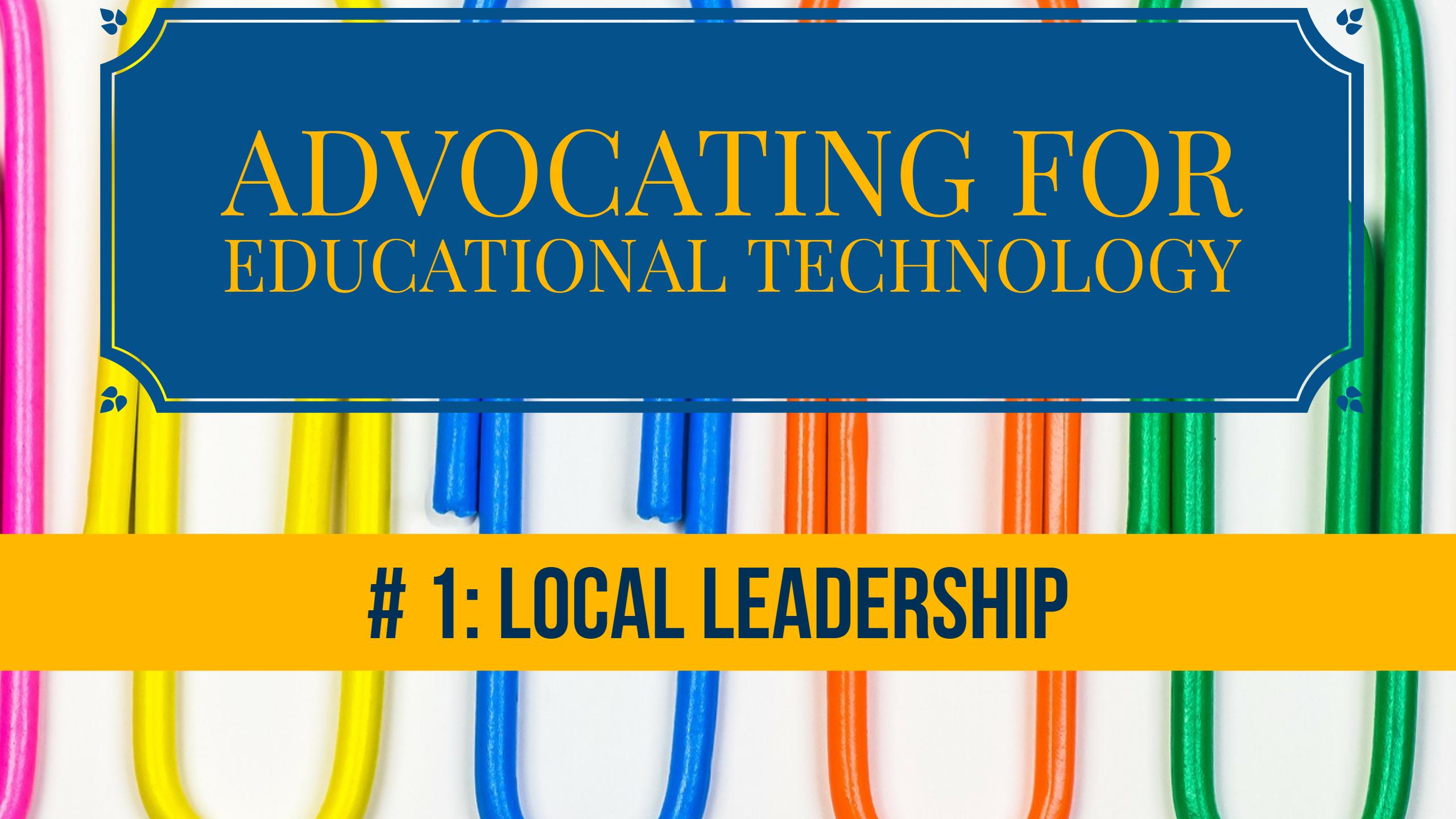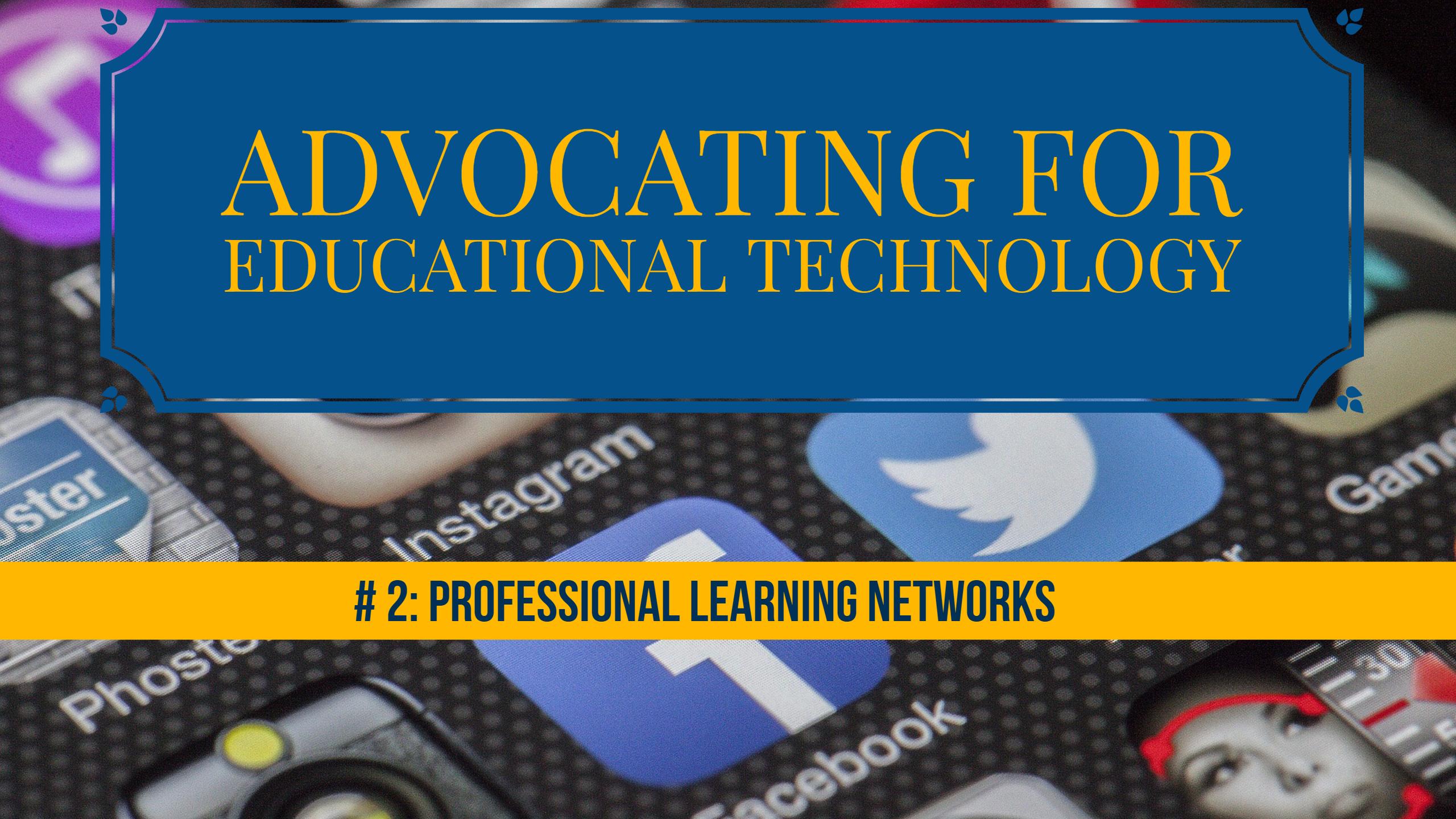 How do we advocate for educational technology in schools? When thinking about educational advocacy, it is easy to get caught up in the “why” technology is so important to education and have a cogent discussion but leave the conversation without any true action to implement.
How do we advocate for educational technology in schools? When thinking about educational advocacy, it is easy to get caught up in the “why” technology is so important to education and have a cogent discussion but leave the conversation without any true action to implement.
Educators have to focus on what can be done and actually recruit and impassion other stakeholders to complete advocacy tasks. Here are 5 ways to advocate for EdTech, ranging from small tasks to larger investments.

- Know your local leaders and their stance on the funding and implementation of technology in the classroom. Attend BOE meetings and volunteer to participate in committees and budgeting processes which may directly affect the funding of Educational Technology. Arm yourself with the facts, statistics, and information to be knowledgeable and convincing.

2. Participate in social media professional learning networks (#pln) and frequently tag and contact policymakers. When twitter chats are held about educational technology, participate and tag local and state representatives in relevant points. Follow this up with a phone call or a visit. Need a list of educational twitter chats, check out this calendar to get started: Twitter Education Chats

3. Blog about educational technology and share those writings with Educational Associations in Georgia to spread the word. Make sure that you stick to the facts and try to not muddle your points with partisan politics. The key is to reach as many voters and voices as possible and recruit them to support educational technology. Read your words carefully to make sure they are supportive of EdTech but otherwise politically neutral in order to appeal to a wide base of people.

4. Get involved with organizations such as ISTE or SETDA to provide your support. Both ISTE and SETDA maintain advocacy sections on their websites with information on the latest initiatives. Voices are always better heard when they are in unison with a group. If we work together, we can accomplish more than working in isolation.

5. Attend a conference or summit such as the EdTech Advocacy and Policy Summit. This summit brings together a lot of different organizations in Washington, DC and is being held on May 11 and 12 this year to educate policymakers about the critical role of technology in transforming education. These conferences are useful to find more opportunities for advocacy and become educated about the threats to educational technology funding.
What other ways can you think of to get involved and advocate for students and their technology in the classroom? Looking forward to gaining more ideas as I grow as an educational technology advocate. Won’t you join me on this journey? Reach out in the comments or strike up a conversation on Twitter @jklcassidy to join my professional learning network #pln.

Goldman, Hilary. (2011). Advocacy and educational technology: A guide to getting your voice heard. Eugene, ORE: International Society for Technology in Education.


